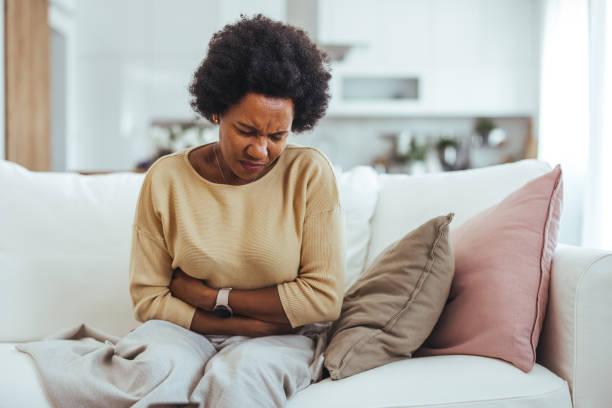By Evans Matthews
Endometriosis, a chronic and often invisible condition, affects an estimated 190 million women and girls of reproductive age globally. Despite its prevalence, it remains one of the most misunderstood and under diagnosed disorders in women’s health. The disease occurs when tissue similar to the lining of the uterus grows outside it, causing inflammation, scarring, and, in many cases, debilitating pain.
“Too many women are told that painful periods are normal. This dismissive culture delays diagnosis by an average of seven to ten years,” explains Professor Stacey Missmer of Michigan State University.
The symptoms of endometriosis extend far beyond menstrual pain. Women often report chronic pelvic pain, pain during intercourse, digestive problems, and even infertility. For many, the physical toll is compounded by emotional distress and the frustration of being dismissed or misunderstood.
Pharmaceutical innovation has offered new treatment avenues. Hormonal therapies—such as gonadotropin-releasing hormone (GnRH) agonists and antagonists—help suppress symptoms, though side effects and recurrence remain challenges. Non-hormonal drugs, including novel anti-inflammatory agents, are under investigation. The pharmaceutical industry continues to explore disease-modifying therapies, aiming not just to manage pain but to alter the disease’s course.
But endometriosis is not just a biomedical challenge; it is a social and economic issue as well. A European study revealed that women with endometriosis lose nearly 11 hours of work productivity per week due to pain and fatigue, underscoring its significant economic burden. In low-and-middle-income countries, where access to specialized gynecological care is limited, women may endure even greater hardship in silence.
“Endometriosis is not just a women’s issue—it is a global issue of equity and human rights,” emphasizes Dr. Tedros Adhanom Ghebreyesus, WHO Director-General.
Breaking the silence around endometriosis requires action at multiple levels. Awareness campaigns are needed to educate communities that menstrual pain should never be ignored. Schools and workplaces must adopt supportive policies for women living with chronic pain. Governments and international agencies must prioritize funding for research, ensuring that diagnostic tools and treatments are accessible and affordable across borders.
Importantly, early education on menstrual health can empower girls to recognize abnormal symptoms and seek timely care. Encouraging open conversations about reproductive health will help dismantle the stigma that has long silenced women.
Hope is on the horizon. Increased advocacy has driven more research funding in recent years, and patient-led movements are challenging healthcare systems to do better. Pharmaceutical advancements, combined with global awareness, promise a future where women no longer wait a decade for a diagnosis.
“Women with endometriosis have endured decades of neglect,” says Professor Missmer. “It is time to listen, to act, and to change the future for millions.”





